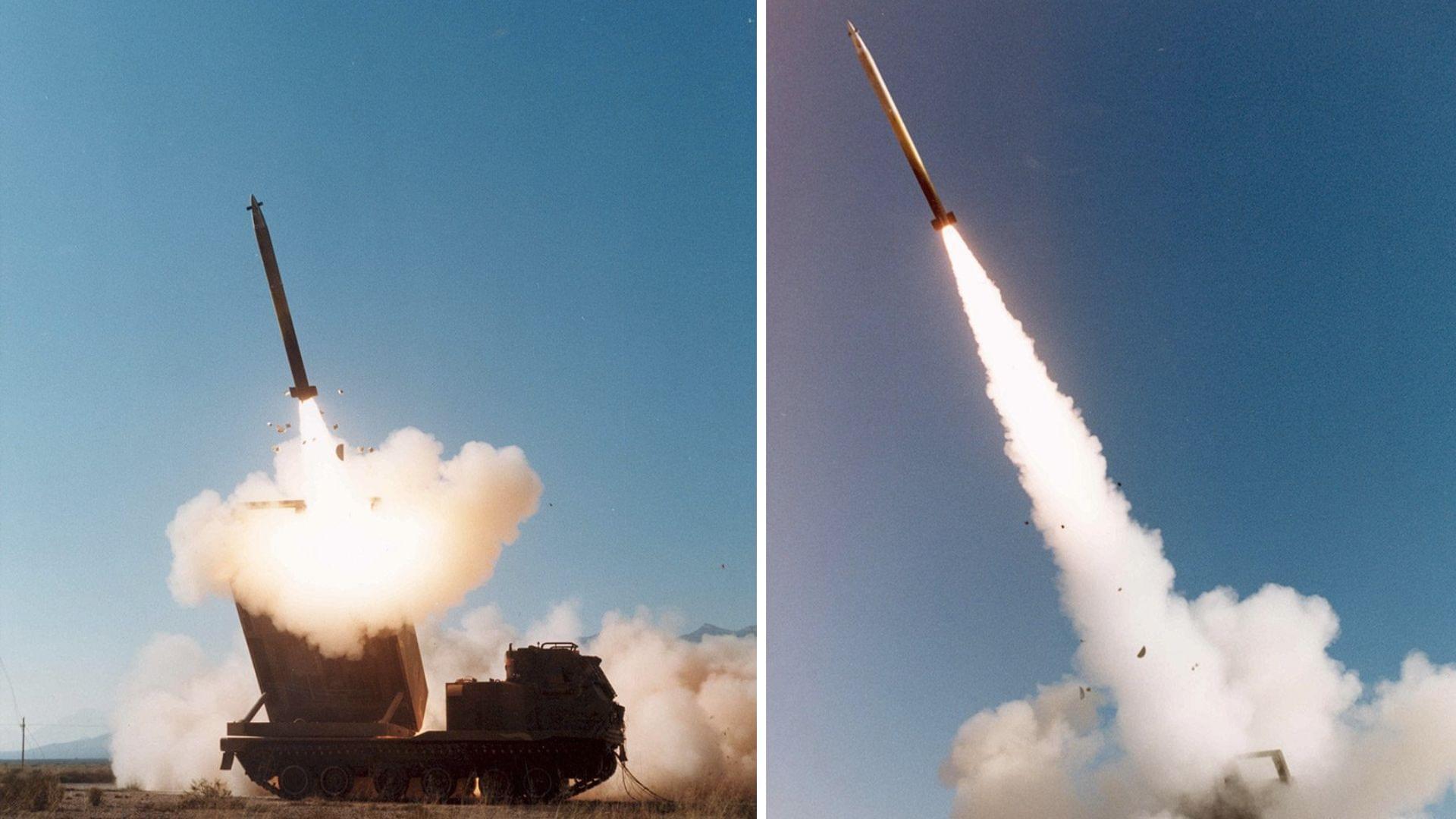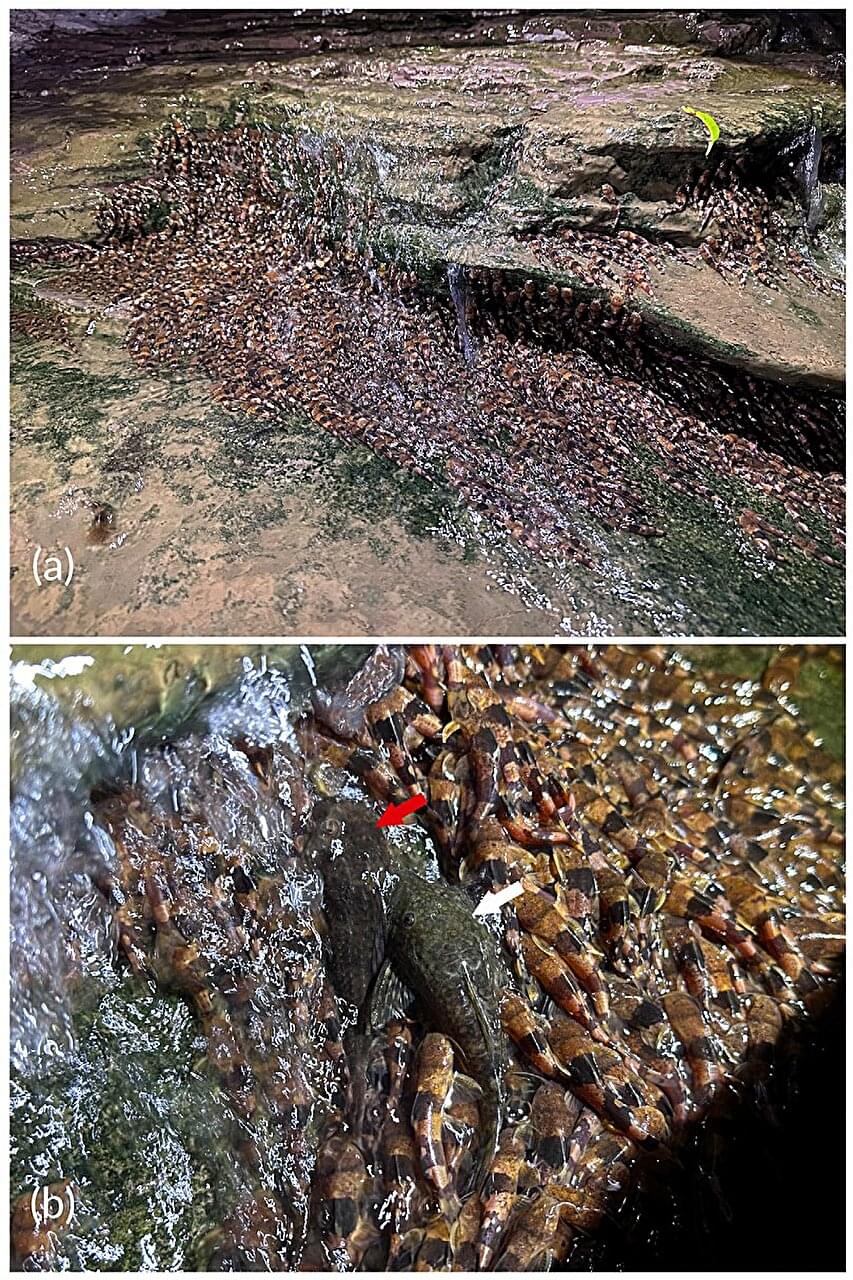98% reliable, guided rocket that hits target with perfection to get production boost.
GMLRS, also known as the “70-kilometer sniper rifle”, is an all-weather, precision-guided rocket. The system offers higher accuracy, reducing the number of rockets needed to defeat targets.
Lockheed Martin claims that the MLRS Family of Munitions (MFOM) includes a variety of precision-strike rockets and missiles, with on-going evolutionary development to meet the needs of the warfighter. These combat-proven low-cost, low-risk rounds greatly reduce collateral damage and provide tremendous capability and flexibility in addressing today’s threats.
There are multiple GMLRS variants, according to the company. Its GMLRS Unitary round integrates a 200-pound unitary warhead, providing precision strike for point targets. The Unitary variant has a range exceeding 70 kilometers.








